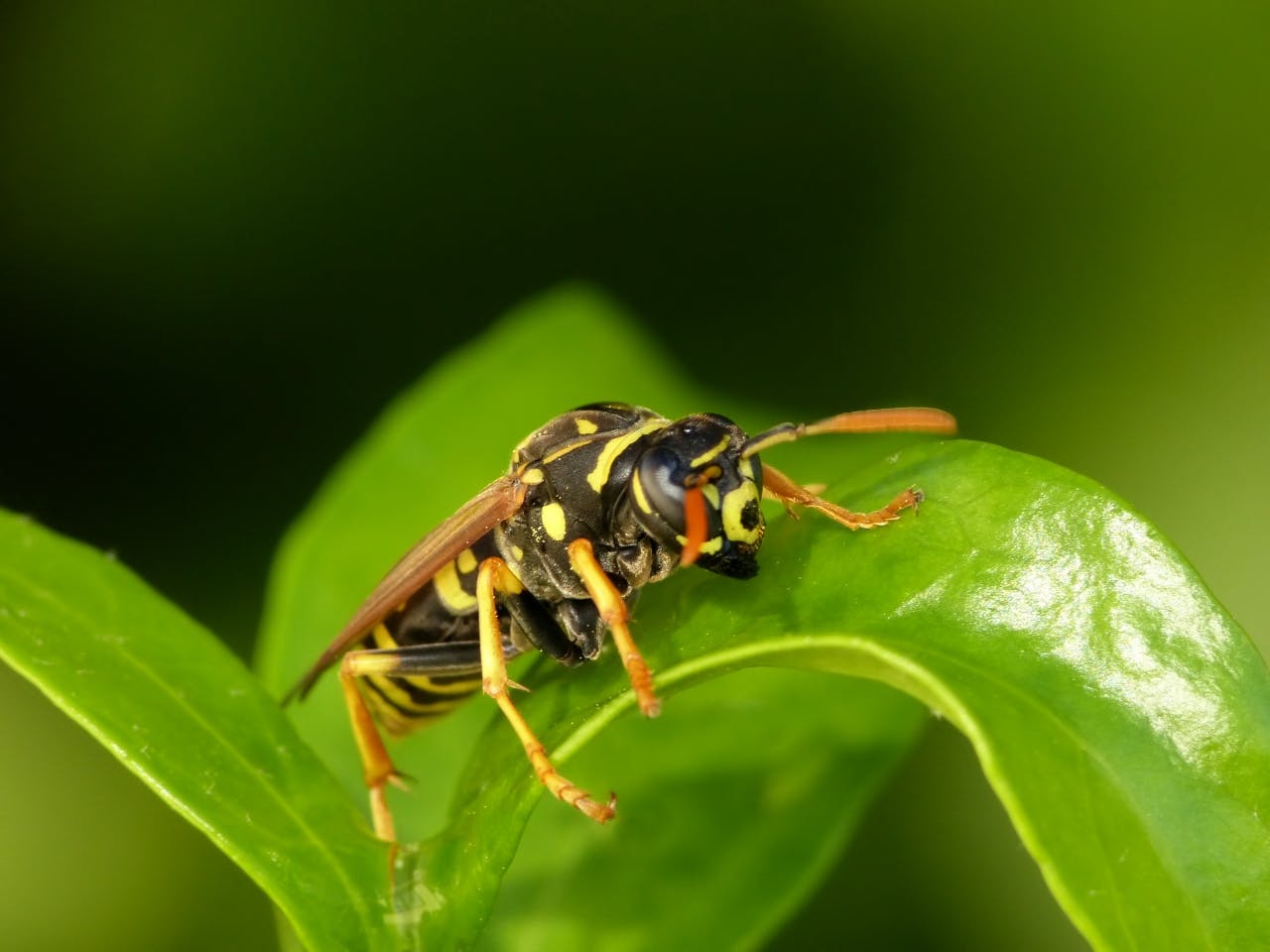For most people the discomfort of a wasp sting lasts from several minutes to a few hours. But if you’re unlucky, a sting can cause two further problems, as St John’s Dr Craig Ellis explains
1- Swelling
A direct toxic effect or poisoning from the wasp venom itself can cause local pain, swelling and redness. At times, the swelling can be quite significant and a limb or part of the face can really puff up.
This is rarely a problem unless the stings occurred around the face or the mouth. Usually the effects are confined to the stung area, but occasionally you can get whole body symptoms – you can feel feverish and hot and sometimes feel sick or vomit. These symptoms will usually pass over several hours, but some people do become quite unwell.
2- Allergic reaction
An allergic reaction can take the form a mild all-over itchy rash through to a full blown anaphylactic reaction with difficulty breathing, swelling of the lips or tongue and feeling light-headed like you are going to faint.
If you are allergic to bee stings, there is a high chance you will be to wasp stings also.
Wasps (in contrast to bees) have a barbless stinger so they can sting multiple times – but the stinger is rarely left behind (so won’t need removing).
If possible, wash the stung area with clean water to help dull the pain. Paracetamol or ibuprofen can be taken for the discomfort and elevation is useful for swelling in a limb. If an itchy rash appears, then taking an anti-histamine such as Loratadine is helpful.
If the patient is having a more serious anaphylaxic reaction they should be laid flat and have adrenaline (from an epipen) administered according to the supplied instructions. If possible, you should send someone for help or activate your locator beacon.
– Dr Craig Ellis is the St John Deputy Medical Director and a Specialist Emergency Physician at Hawkes Bay Regional Hospital







